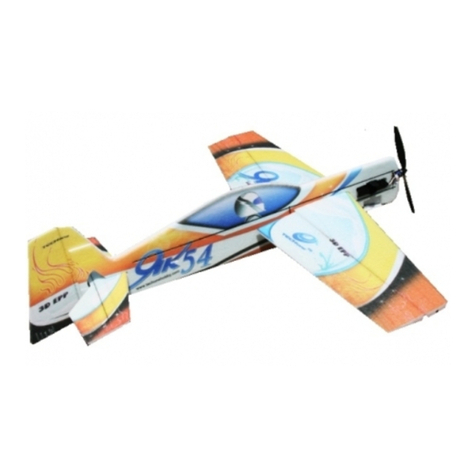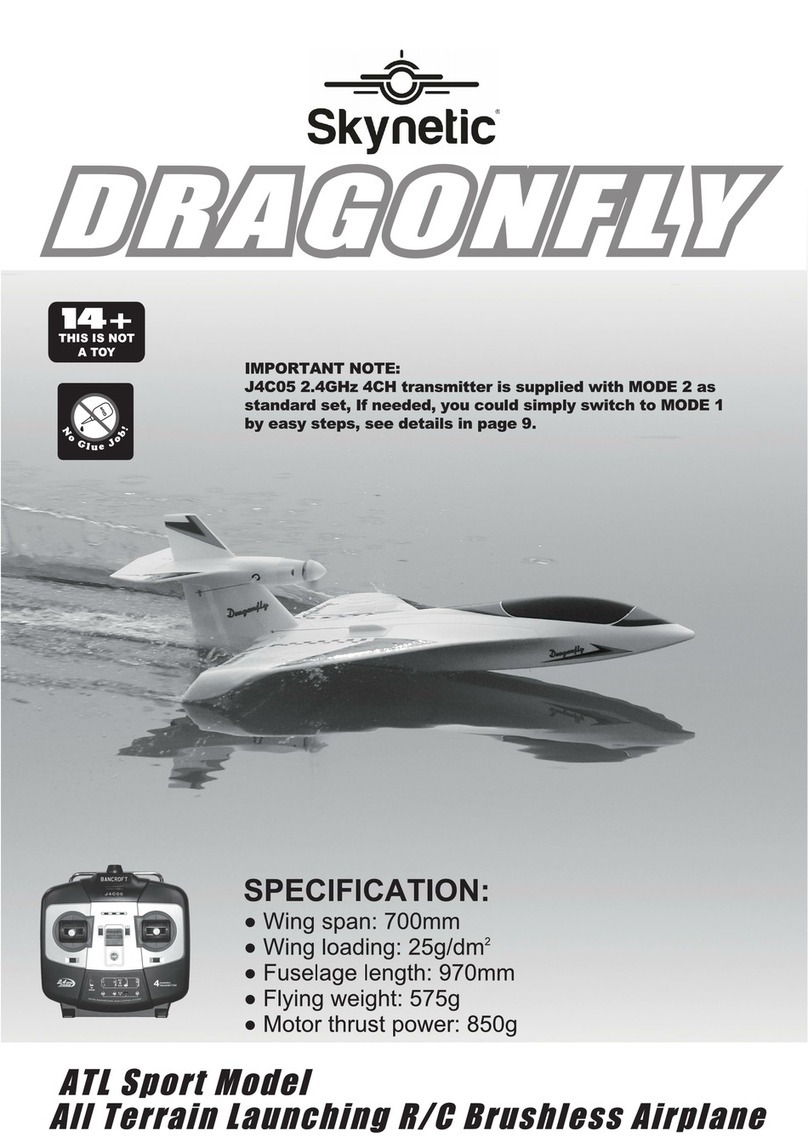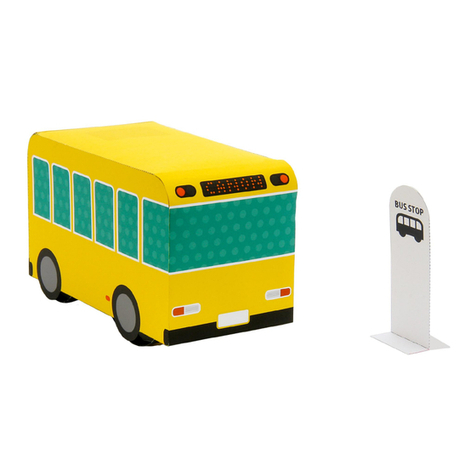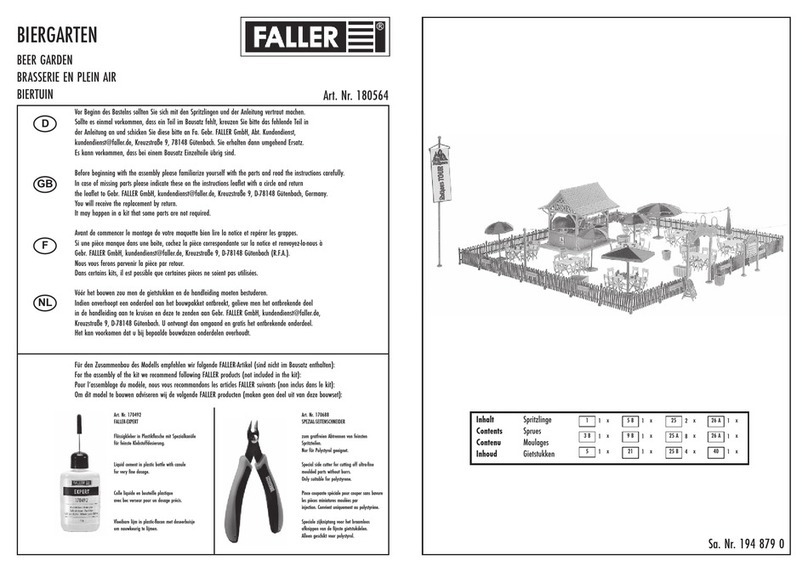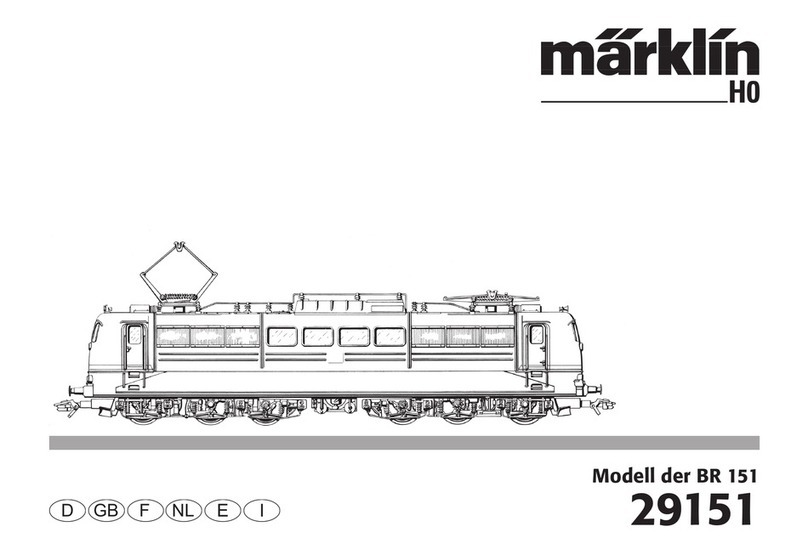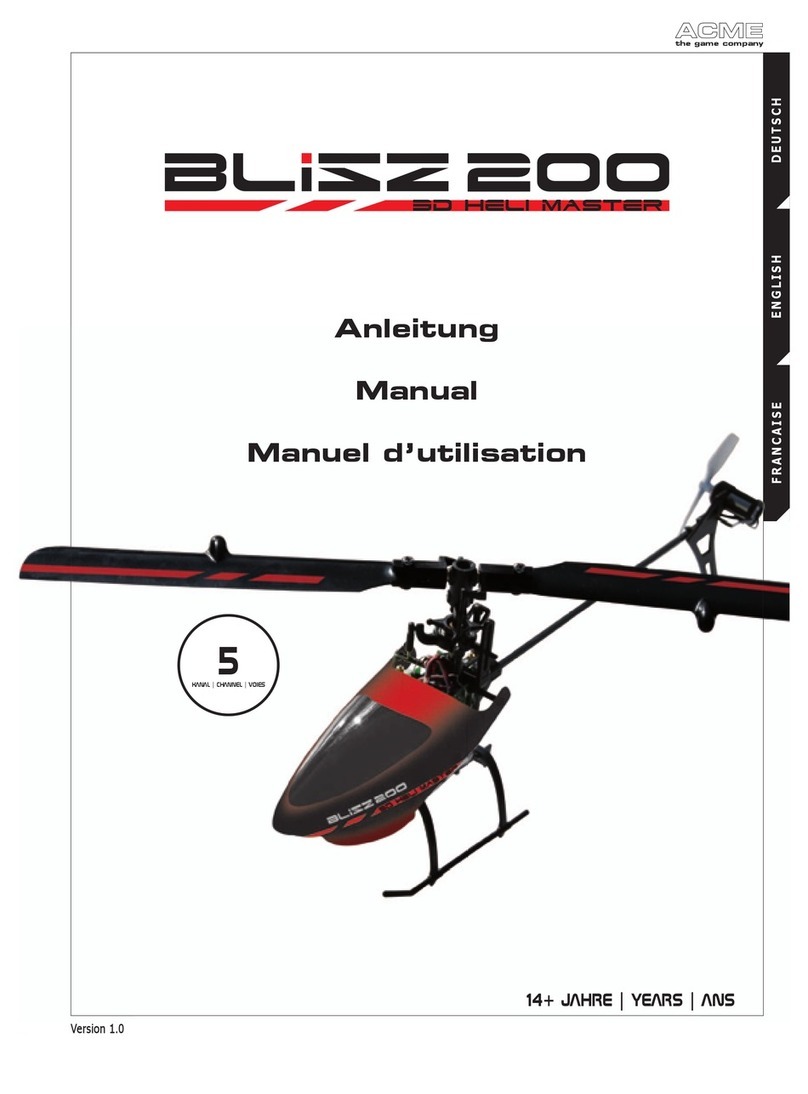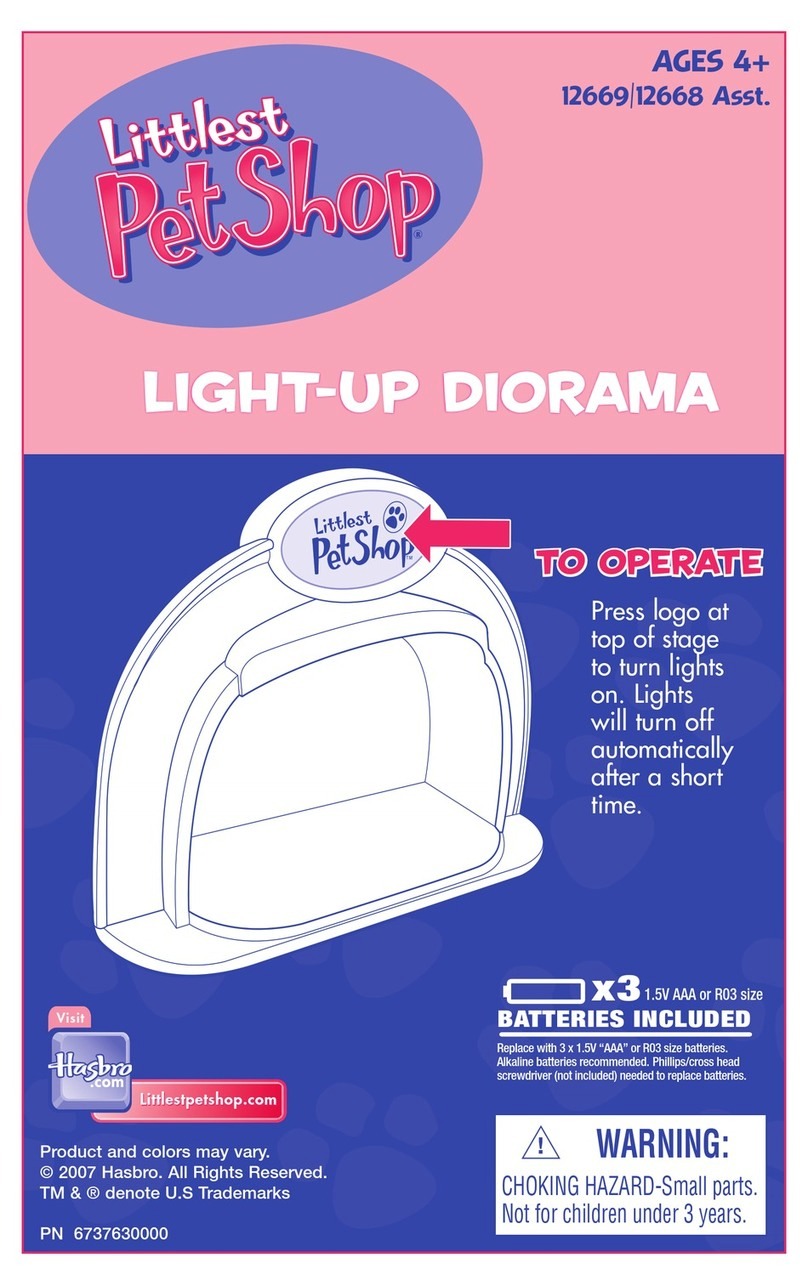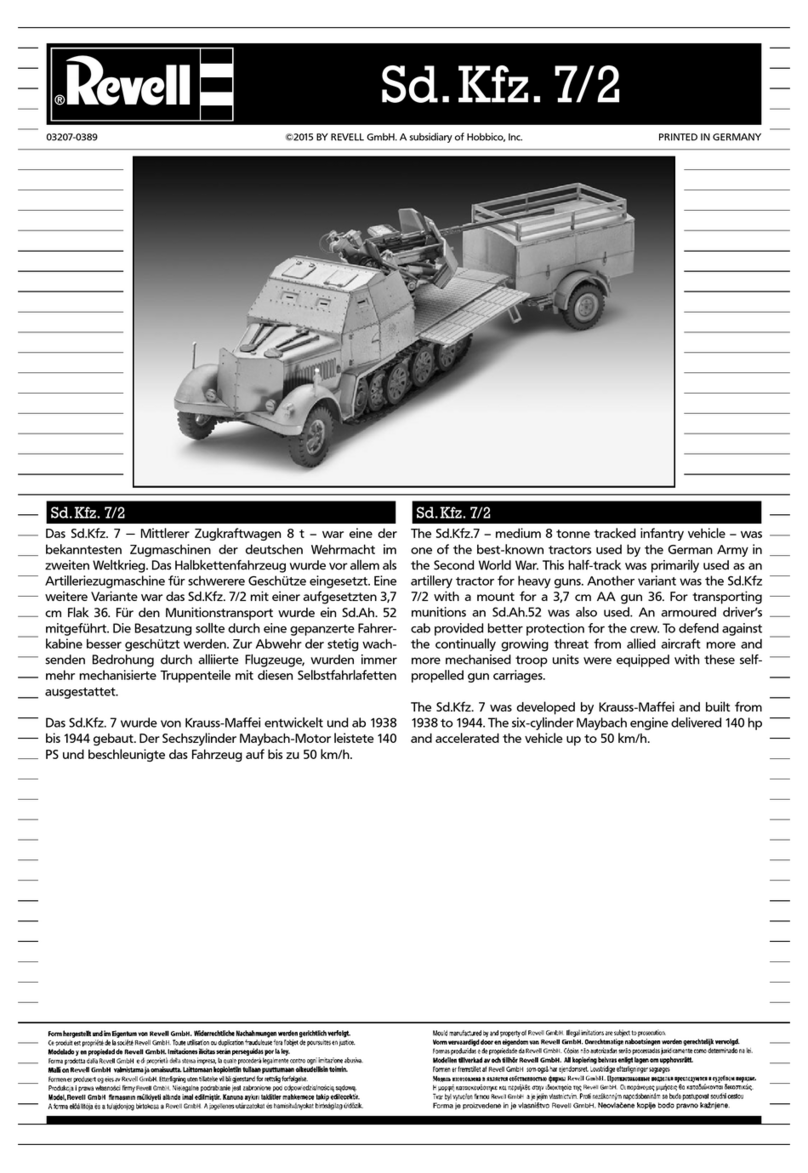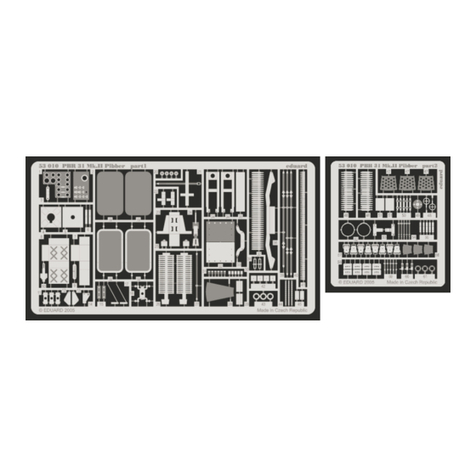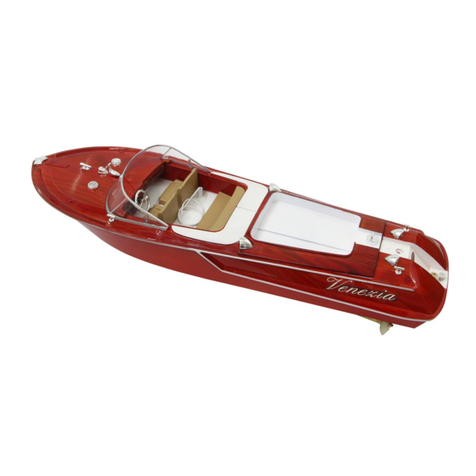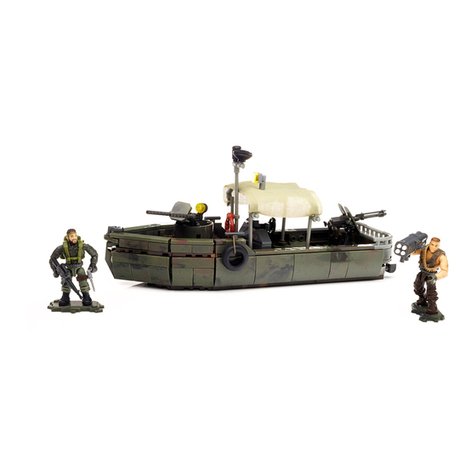Skynetic Shrike Glider User manual

1400mm Shrike Glider
INSTRUCTION MANUAL
Rev.1B10.22.2019

Welcome to Skynetic, a new brand of foam electric aircraft offering high value and diverse
selection for newer pilots looking to broaden their flying experience across a range of platforms.
Developed by and available exclusively at Motion RC, Skynetic advances our vision of a global
audience discovering the fun of RC Flight. Backed by Motion RC's customer support and a full
line of spare parts to keep you flying, we look forward to expanding this brand for you!
ORIGINAL EQUIPMENT AND WARNINGS
Your Skynetic 1400mm wingspan Shrike Glider is specified to use a single 3s 11.1 volt Li-Po
battery with an XT60 connector. The recommended capacity of the battery is 2200mAh. Adhere
to all safety guidelines regarding the storage, charging, and operation of Li-Po batteries.
Modifying the propeller, ESC, or battery to components other than the original equipment will
void the manufacturer warranty. This product is a remotely controlled (RC) airplane and is
intended for competent RC pilots of at least 16 years of age and under adult supervision.
VIDEO SUPPLEMENT
This instruction manual is supplemented by an Assembly Video that can be viewed here
SPARE PARTS and SPECIFICATIONS
Complete product information including specifications and spare parts can be found here
SUPPORT
Thank you for purchasing your Skynetic 1400mm wingspan Shrike Glider. For technical support
when setting up or operating this aircraft, please contact Motion RC at 224-633-9090 in the
United States or +31-30-8080557 in Europe or email us at www.motionrc.com/support.

ASSEMBLY
STEP 1
Remove the underside hatch and temporarily
loosen the rudder and elevator’s control rods
with a 1.0mm allen key. This will alleviate any
binding that may occur when manually
moving the elevator horn in Step 3.
STEP 2
Prepare the model for physical assembly by first binding your receiver to your radio transmitter,
centering the model’s servos, and calibrating the throttle. We also recommend programming a
throttle lock for additional safety. Refer to your radio transmitter’s manual for instructions.
STEP 3
Attach the horizontal stabilizer to the fuselage as shown by gently popping it into place, then
secure the control horn.

STEP 4
Your Skynetic 1400mm Shrike Glider features
an innovative screw-less assembly. This allows
the wing to be attached and removed without
the need for any tools.
First, attach the carbon rod into the left wing
and insert it into the fuselage as shown,
aligning the blue pins.
STEP 5
With both wing halves attached to the fuselage, slide the Wing Pin into the hole as shown. This
pin aligns the interlocking wing halves, and ensures the wings are fastened securely. Always
verify this Wing Pin is fully inserted before each flight. If the Wing Pin is not able to be fully
inserted, reposition the wings until full insertion is achievable.
STEP 6
Before attaching the spinner and propeller, it is imperative that the flight battery is disconnected
from the model and the radio transmitter is powered off.
Fasten the spinner in the sequence shown below. Use a 2.0mm allen key to loosen the two
opposing set screws, then position the black aluminum prop shaft onto the steel motor shaft,
being sure to tighten the set screws directly perpendicular to the flat spots on the motor shaft.
Additional Wing Pins can be
purchased at www.motionrc.com.
Under the Spare Parts tab on the
Skynetic Shrike’s product page,
search for the SKU part number:
SKY1001-107

STEP 7
Slide the white plastic spinner base over the prop shaft. Then insert the folding propeller arm.
Finally, thread the spinner’s cone onto the prop shaft and tighten to ¼ turn past finger tight. The
spinner’s cone utilizes a brass threaded insert, for a positive grip onto the prop shaft. Do not
overtighten the spinner’s cone, and do not use Thread Locker of any kind on this assembly.
Note: the PNP version will have the propeller blades pre-installed onto the propeller arm.
STEP 8
Power on your radio transmitter and plug in the flight battery. If configured, activate your throttle
lock switch on your radio transmitter, to prevent accidental spinning of the propeller.

With the servos centered, manually level the elevator so that it is level with the horizontal
stabilizer. Then, level the rudder. Finally, retighten the set screws you loosened in Step 1.
STEP 9
If needed, subtrim your aileron servos so the
servo arm is perpendicular to the underside of
the wing. Attach the control rods to the pre-
installed control horns for the ailerons and
flaps so that the trailing edge is aligned as
shown.
STEP 10
Control Throws, Rates, and Exponential are subject to individual pilot preferences, but we
recommend the following configuration for a safe maiden flight as a basis for personalization.
The throws below are measured from the neutral position toward one direction.
High
Middle
Low
Aileron
~15mm
~12mm
~10mm
Elevator
~18mm
~15mm
~12mm
Rudder
~30mm
~25mm
~15mm
Deflection
Elevator Mix
Partial Flaps
~12mm
None
Full Flaps
~25mm
None

STEP 11
The Center of Gravity is extremely
important for a successful maiden
flight. Position your battery in the
battery tray and balance the model
upright so that the model balances at
between 65mm aft of the leading
edge of the wing piece (see diagram)
When using a battery other than the recommended Admiral 3s 2200mAh battery, always verify
that the model balances at the recommended Center of Gravity (CG) position. Do not attempt to
fly your model with a “tail heavy” CG position, which may result in loss of control and a crash.
STEP 12
Before your maiden flight, ensure all control surfaces move in the correct direction.
*When standing behind the model with the model on the ground, moving the aileron stick to the
right must result in the right wing’s aileron pointing upward to the sky, and the left aileron
pointing downward to the ground.
*Moving the rudder stick to the right must result in the trailing edge of the rudder moving closer
to the right side of the model.
*Pulling the elevator stick back toward you must result in the trailing edge of the elevator moving
upward toward the sky
*Hold the model firmly and level, then slowly advance the throttle to ensure the propeller spins.
To hand launch the model, grip it as shown
below and apply half throttle with a firm, level
throw. An ideal hand launch is executed into a
headwind. If you are unfamiliar with hand
launching a model, ask a fellow RC pilot to
throw the model for you so you can
concentrate on controlling the model with your
radio transmitter.

If the toss is firm and level or slightly upward, hand launching is very easy. With time, you will
master the technique under changing conditions depending on wind, etc.
To land the Skynetic Shrike Glider, reduce
throttle with the wings level, and allow the
model to glide on an even glideslope down to
the ground. Be sure to move the throttle
position to zero at least two seconds before
the model lands, to allow enough time for the
propeller to fold safely rearward.
Once landed, activate Throttle Lock,
disconnect the flight battery, then inspect the
model for any damage.
SUPPORT
For technical support when setting up or operating this aircraft, please contact Motion RC at
224-633-9090 in the United States or +31-30-8080557 in Europe or email us at
www.motionrc.com/support.

Rev.1A 10.22.2019
Table of contents
Other Skynetic Toy manuals
Popular Toy manuals by other brands
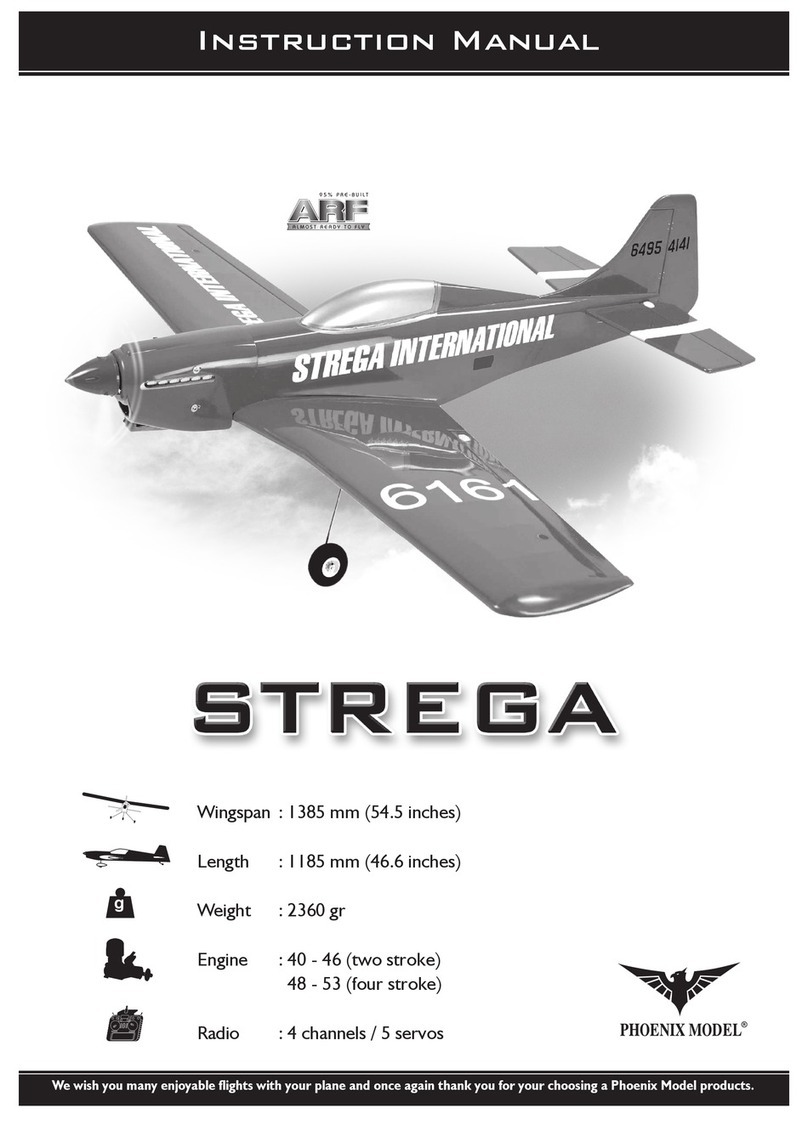
Phoenix Model
Phoenix Model strega instruction manual

Good Smile Company
Good Smile Company Cerevo Elucidator Standard Edition Online manual

VTech Baby
VTech Baby Soft & Smart Sensory Cube Parents' guide

Reely
Reely Flame Important information

Eduard
Eduard 49 955 manual
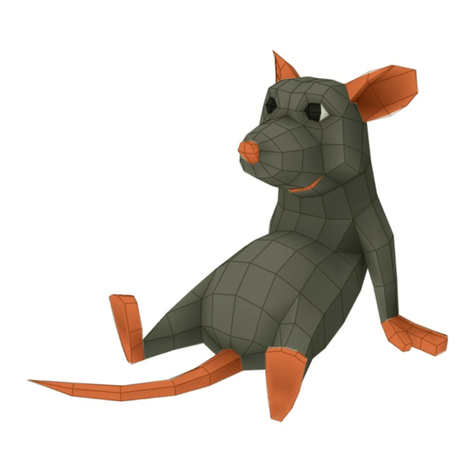
ANIMAPAPIR
ANIMAPAPIR RAT Assembly instruction
